Back pain is a common ailment that affects millions of people worldwide. It can be caused by various factors such as poor posture, muscle imbalances, sedentary lifestyle, or injury. While seeking professional help from a chiropractor is essential, incorporating targeted exercises into your routine can significantly aid in managing and reducing back pain.
In this blog post, our Chiropractor Christina will explore six exercises she recommends to help alleviate back pain and improve overall spinal health.
- Cat-Camel Stretch: The Cat-Camel stretch is a gentle exercise that helps mobilize the spine and alleviate tension in the back muscles. Begin by getting on your hands and knees, ensuring your hands are under your shoulders and your knees under your hips. Start by arching your back upwards (like a cat) while simultaneously tucking your chin into your chest. Then, slowly reverse the movement by dropping your belly towards the floor and lifting your head, looking up towards the ceiling (like a camel). Repeat this movement 10-15 times, focusing on controlled and fluid motions.
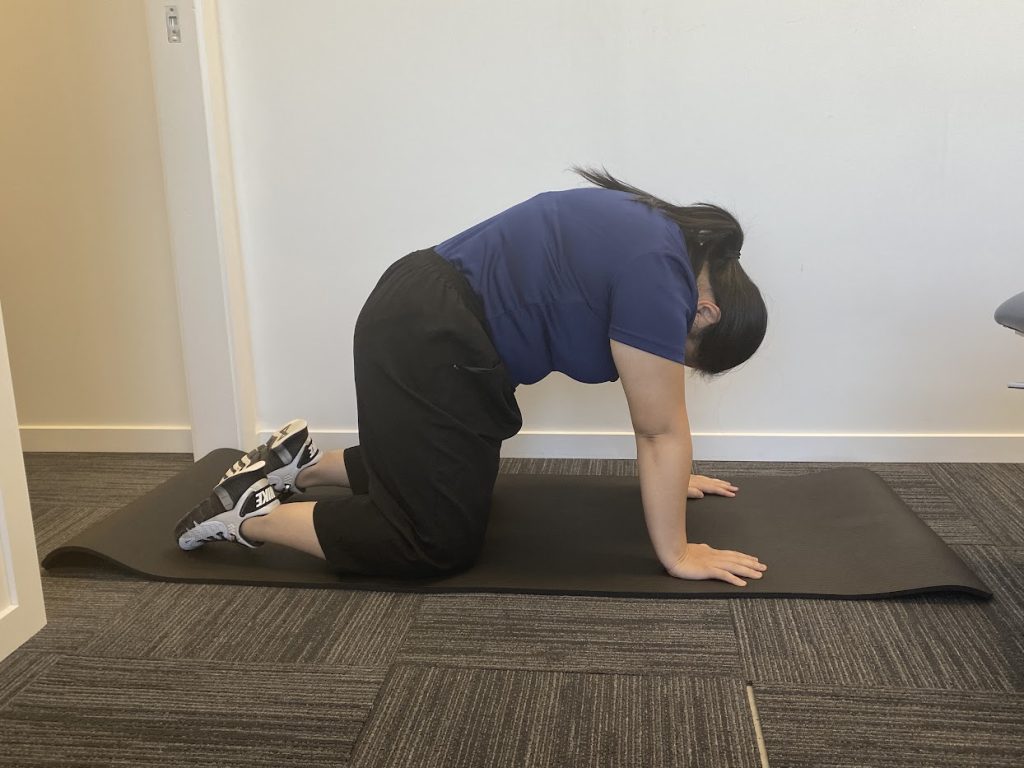
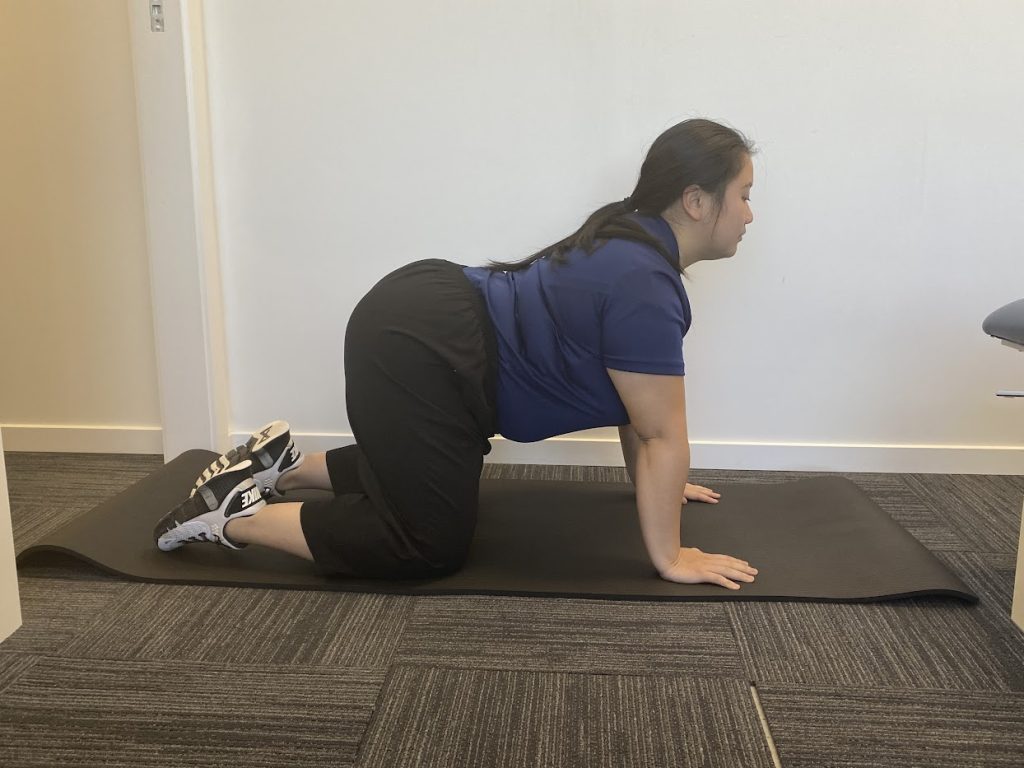
- Bridge Exercise: The Bridge exercise is excellent for strengthening the core muscles, glutes, and lower back, providing stability and support to the spine. Lie on your back with your knees bent and feet flat on the floor, hip-width apart. Place your hands by your sides. Press your feet into the floor, engaging your glutes, and lift your hips off the ground until your body forms a straight line from knees to shoulders. Hold this position for a few seconds, then lower your hips back down. Aim for 10-15 repetitions, gradually increasing as you build strength.
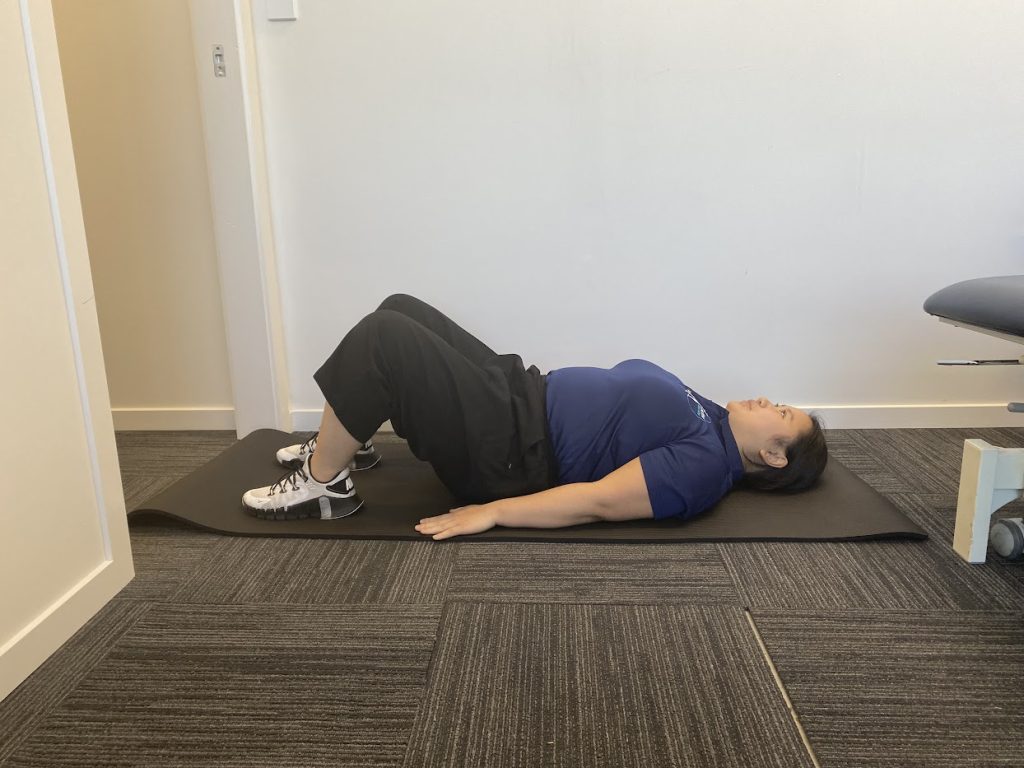
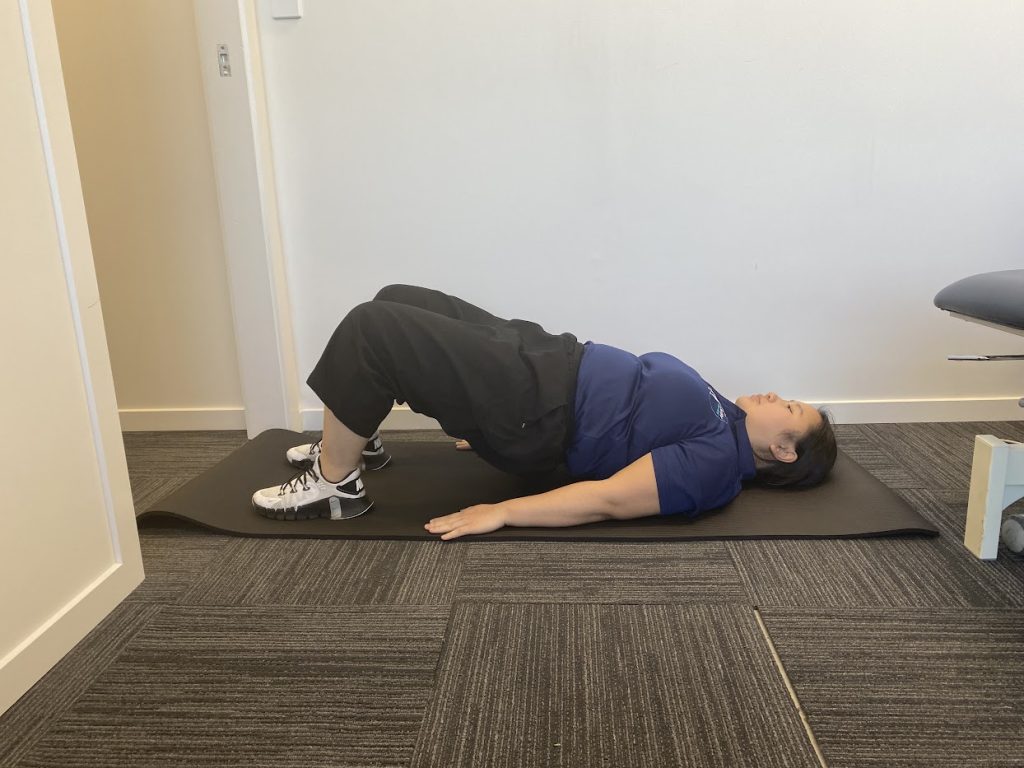
- Bird Dog Exercise: The Bird Dog exercise targets the deep stabilizing muscles of the core and back, promoting balance and improving posture. Start on your hands and knees, ensuring your hands are under your shoulders and knees under your hips. Extend your right arm forward while simultaneously extending your left leg backward. Keep your hips level and avoid arching your back. Hold this position for a few seconds, then return to the starting position. Repeat with the opposite arm and leg. Aim for 10-15 repetitions on each side, focusing on maintaining a stable and aligned spine.
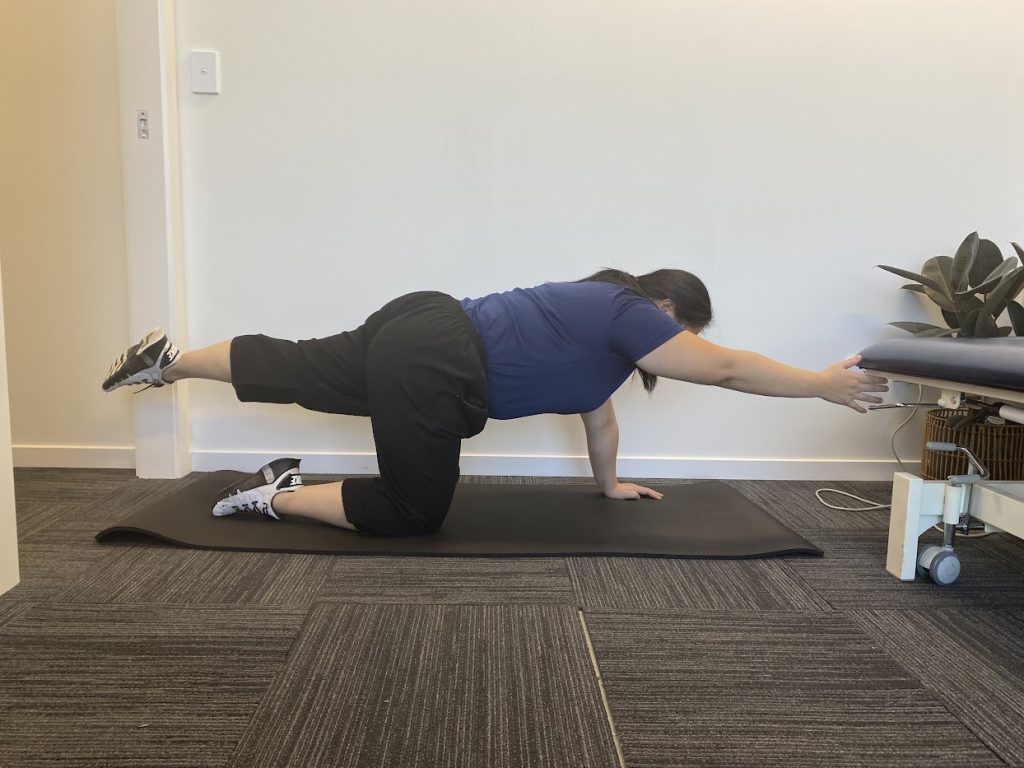
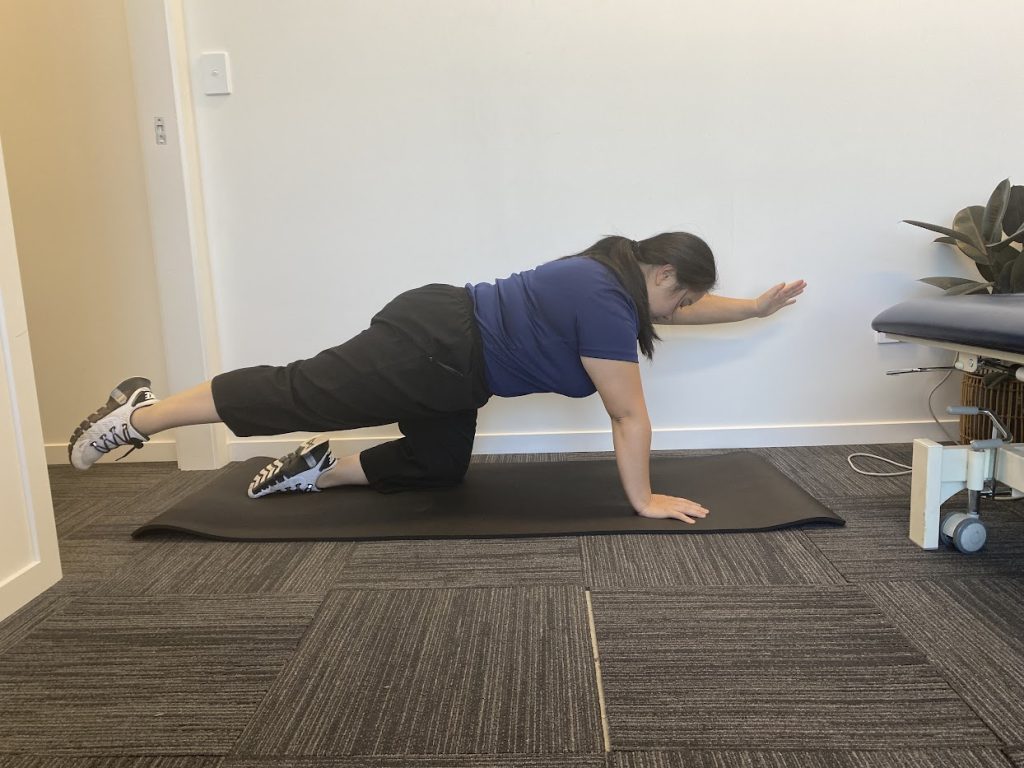
-
- Cobra Stretch: The Cobra stretch is a gentle exercise that helps elongate and strengthen the muscles in the lower back. Lie face down on the floor, placing your hands under your shoulders with palms down. Slowly push your upper body off the floor, keeping your hips and legs in contact with the ground. Only go as far as feels comfortable and avoid any pain. Hold this position for 15-30 seconds, then lower back down. Repeat this stretch 3-5 times, gradually increasing the duration as your flexibility improves.
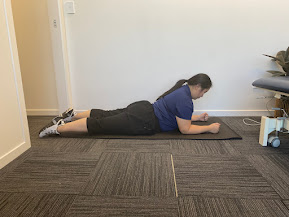
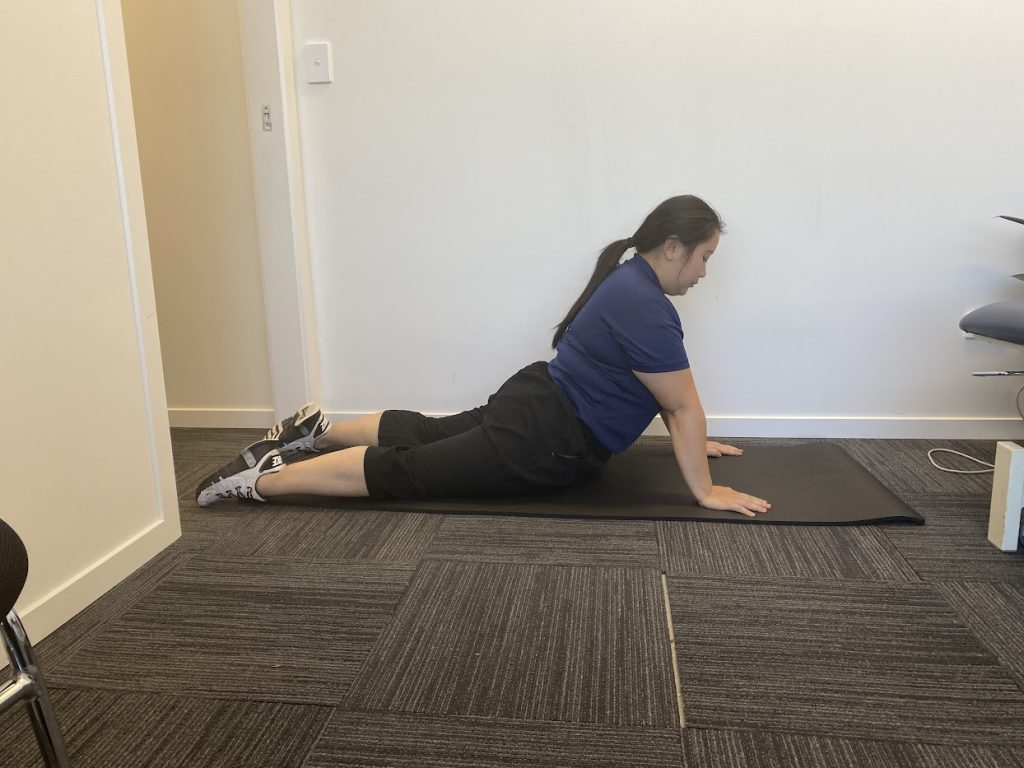
- Pelvic Tilts: Pelvic tilts are effective for relieving tension in the lower back and improving mobility in the pelvis. Lie on your back with your knees bent and feet flat on the floor. Engage your abdominal muscles and gently tilt your pelvis backward, pressing your lower back into the floor. Hold for a few seconds, then release and tilt your pelvis forward, allowing your lower back to arch slightly. Repeat this movement 10-15 times, focusing on smooth and controlled motions.

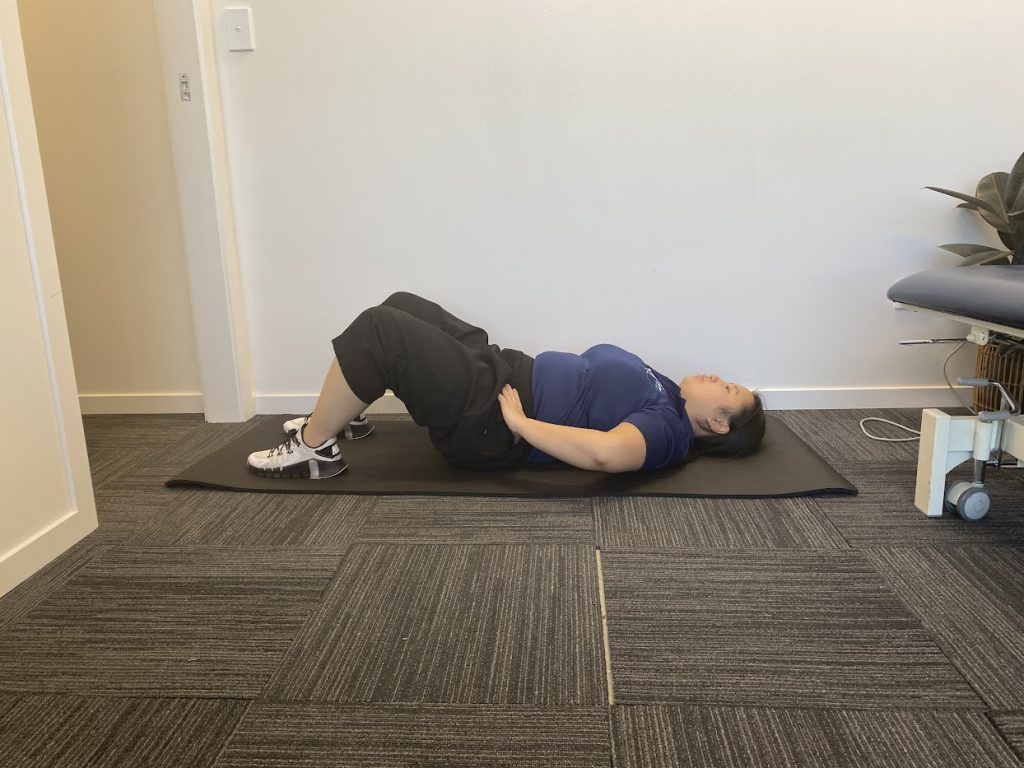
Jefferson Curl Exercise: Stand tall with your feet hip-width apart, knees slightly bent, and hands at your sides. Begin by tucking your chin toward your chest, as if you are trying to make your chin touch your sternum. This action starts the flexion of your spine. Slowly start rounding your spine, starting from the neck and moving down to your upper back, mid-back, and eventually your lower back. Imagine each vertebra bending and curling over the one below it, like a string of pearls cascading down. Once you’ve reached the maximum point of flexion where you feel a gentle stretch, hold the position for a few seconds. Breathe deeply and focus on relaxing into the stretch. Begin the reversal by slowly uncurling your spine in the opposite order. Start from the lower back, mid-back, upper back, and finally, lift your head back to the neutral position.
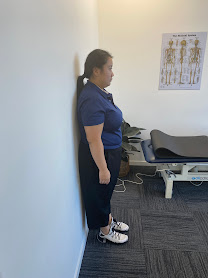

By incorporating these six exercises into your daily routine you can help manage back pain and improve your spinal health. However, it is important to remember that every individual is unique, and it’s always advisable to consult with a chiropractor or healthcare professional before starting any exercise regimen, especially if you have an existing back condition. Regular practice of these exercises, along with proper posture and ergonomic adjustments, may provide relief and contribute to a healthier spine.

